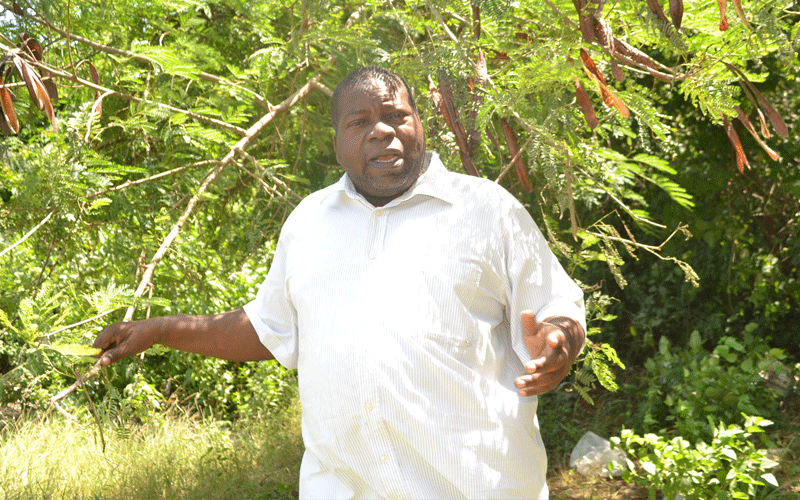Baobab trees: Mysterious link to the other world

Locals believe tree hosts spirits, both good and evil, some of which need to be appeased to ward off any bad omen on the community
Baobab trees, a widespread species all over Africa, provide for a very nutritious food supplement: the coloured and flavoured mabuyu snack.
The six- to eight-inch-long seed pods have a pulp with six times more vitamin C than an orange, 50 per cent more calcium than spinach, and rich in flavour to keep any simple dish from tasting bland.
The tree also has several medicinal values as its leaves and bark have been used medicinally, for centuries, to alleviate stomachaches, fevers, and malaria.
One United Nations study showed that an aqueous baobab solution proved more effective in rehydrating children with severe cases of diarrhoea than standard World Health Organisation remedies.
But in most African communities, the baobab tree has more significance than just food. The tree is believed to greatly have a connection to the spiritual world.
A tale is told of a famous baobab tree in Bamburi Mwisho, Kisauni in Mombasa county, which, would change into a human being at night, with one leg, hence the name mbuyu-kiwete.
There are many other creepy stories if you put your ear to the ground.
Mijikenda elder, John Baya Mwalupembe, says because of the trees resistance to weather changes, they have been used to mark property boundaries and are held with much respect traditionally.
“Among the Mijikenda community, where a Kaya elder has been buried, they would plant a baobab tree, so visitors can easily identify it.
In fact, the tree is sometimes given a name. These baobabs have also been used as prayer shrines by most coastal communities,” explains the elder. They are also home to spirits. 
John Baya Mwalupembe explains a point. The baobab is important as a link to the spiritual world. Photo/PD/BONFACE MSANGI
“There are different spirits in the coastal line said to live in baobab trees, hence, a lot of spiritual association between the two worlds. From Pemba, Swahili to the Mijikenda, there are spirits associated with baobab trees.
It is important for people practising this form of spirituality to identify the spirits that exist in every tree. Because if you don’t, you might end up reaching out to evil spirits, and the consequences are normally bad.
Those seeking these spirits are required to note that spirits move from place to place,” says Mzee Baya.
It is not such a strange thing, at the coast, to wake up in the morning and find under baobab tree, a red fabric or a mound of rice or body parts of an animal, evidence that something happened in the night.
“These rituals are normally carried out for two purposes; to remove evil from a place or to bring blessings.
If a ritual is performed to avert an evil spirit, then it harms all the people who with get into contact with these items left behind and offered as sacrifice. People who performed the ritual leave these items there.
Sometimes, individuals take and abandon these items deep in the sea to destroy the evil spirit.
If the sacrifice was for seeking the help of good spirits, then anyone can even eat the left over food and no harm will come to them,” explains the elder.
He also adds that the baobab tree itself has secret parts, normally associated with certain secret rituals (tambiko) only known to specific people. Baya refused to divulge some of these rituals.
Other events held under the tree include rites of passage, spiritual ceremonies, and village meetings. Its massive shade also welcomes many seeking rest from the scorching sun
For the longest time, the giant tree species had only one major threat: the elephant, which are also responsible for spreading the seeds of these trees.
The jumbo would cut off huge chunks of the tree to get nutrients and stored water, especially during drought.
When the baobab tree falls, from out of it comes insects, which eat from the tree before going back into the soil.
The insects are popularly known as hawe kache, which translates directly to ‘grandmother of kache’, a name denoting some form of respect granted to the insects similar to that accorded their ancestors.
Referred to as the tree of life, baobab trees are not easily cut down to avoid destroying the residence of the spirits and hence offending them. It is also preserved for people to continue enjoying the benefits of the trees.





